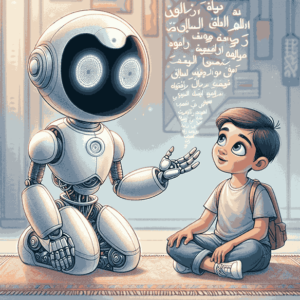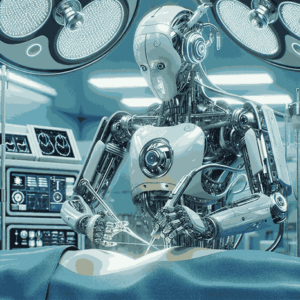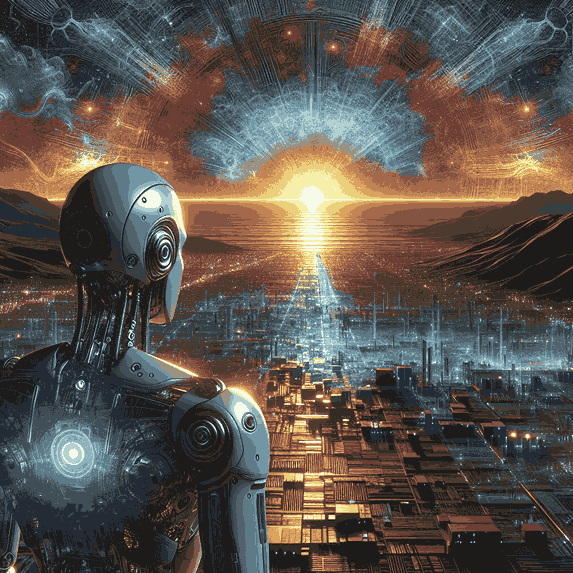The field of artificial intelligence (AI) has witnessed remarkable advancements in recent years, particularly
Machine Learning and Deep Learning Breakthroughs
The field of natural language processing (NLP) has witnessed a dramatic transformation thanks to the advent of machine learning (ML) and, more recently, deep learning (DL). ML algorithms, particularly those based on statistical models, have enabled significant advancements in tasks like text classification, sentiment analysis, and machine translation. These models learn patterns from vast amounts of data, allowing them to make accurate predictions about language structure and meaning. However, the true revolution in NLP came with the rise of deep learning, specifically recurrent neural networks (RNNs) and transformer models.
Deep learning models, with their ability to learn complex representations of language, have surpassed traditional ML methods in various NLP tasks. Transformers, in particular, have revolutionized machine translation, text summarization, and question answering. Their ability to capture long-range dependencies in text has led to unprecedented accuracy and fluency in language generation. The development of large language models (LLMs) like GPT-3 and BERT has further pushed the boundaries of what’s possible, demonstrating remarkable capabilities in generating human-quality text, translating languages, and answering complex questions. These breakthroughs have opened up new possibilities for human-computer interaction, paving the way for more intuitive and intelligent language-based applications.
Natural Language Processing Advancements in AI
The field of Natural Language Processing (NLP) has witnessed remarkable advancements in recent years, driven by the surge in artificial intelligence (AI) research. These advancements have led to the development of sophisticated algorithms capable of understanding, interpreting, and generating human language with unprecedented accuracy. From machine translation systems that bridge language barriers to chatbots that engage in natural conversations, NLP is transforming how humans interact with technology. The emergence of transformer-based models, such as BERT and GPT-3, has revolutionized NLP, enabling machines to comprehend complex language structures and generate highly coherent text.

These advancements have far-reaching implications across various domains. In healthcare, NLP is being used to analyze patient records, predict disease outbreaks, and develop personalized treatment plans. In finance, NLP powers sentiment analysis tools that help investors gauge market trends and make informed decisions. In education, NLP-driven systems are being deployed to personalize learning experiences and provide real-time feedback to students. As NLP continues to evolve, we can expect even more innovative applications that will reshape our world and enhance our lives in countless ways.
Computer Vision Progress in Artificial Intelligence
Computer vision, a field within artificial intelligence (AI) focused on enabling computers to “see” and interpret images and videos, has witnessed remarkable progress in recent years. This advancement is largely attributed to the rise of deep learning, particularly convolutional neural networks (CNNs), which have proven highly effective in tasks like object detection, image classification, and semantic segmentation. CNNs excel at extracting hierarchical features from images, allowing them to identify complex patterns and relationships that were previously impossible for traditional algorithms to discern.
The impact of these advancements is widespread, transforming industries like healthcare, manufacturing, and transportation. In healthcare, computer vision is used to automate disease diagnosis from medical images, while in manufacturing, it enables real-time quality control and defect detection. Autonomous vehicles rely heavily on computer vision for navigation and obstacle avoidance. As research continues, we can expect even more sophisticated applications, pushing the boundaries of what computers can “see” and understand, ultimately leading to a future where AI seamlessly integrates with our visual world.
Robotics and Automation Fueled by AI
The convergence of robotics, automation, and artificial intelligence (AI) is ushering in a new era of industrial transformation. AI algorithms are empowering robots with enhanced perception, decision-making, and learning capabilities. This allows for the development of more sophisticated and adaptable robots capable of performing complex tasks previously deemed impossible for machines. From autonomous vehicles navigating bustling city streets to robotic arms assembling intricate electronic components with pinpoint accuracy, AI-powered automation is revolutionizing industries across the board.
The impact of this fusion extends beyond manufacturing, permeating sectors like healthcare, agriculture, and logistics. AI-driven robots can assist surgeons with delicate procedures, optimize crop yields through precision farming, and streamline warehouse operations with autonomous delivery systems. As AI continues to evolve, we can expect even more transformative applications in the future, pushing the boundaries of what machines can achieve and reshaping the very fabric of our society.
Ethical Considerations and Future Implications of AI Advancements
The rapid advancement of AI in language processing raises significant ethical concerns. One primary worry is the potential for bias in AI systems, as they are trained on vast datasets that may reflect societal prejudices. This could lead to discriminatory outcomes, particularly in areas like hiring, loan applications, and criminal justice. Additionally, the increasing power of AI to generate realistic text raises concerns about the spread of misinformation and the manipulation of public opinion. It is crucial to develop robust mechanisms for identifying and mitigating bias in AI systems and to ensure transparency in their development and deployment.
Looking ahead, the future implications of AI advancements in language are both exciting and daunting. AI-powered tools have the potential to revolutionize communication, education, and creative expression. However, these advancements also raise questions about the future of human interaction, the nature of work, and the very definition of creativity. It is essential to engage in open and ongoing dialogue about the ethical implications of AI and to ensure that its development and deployment serve the common good. This requires collaboration between researchers, policymakers, and the public to shape a future where AI empowers and benefits humanity.
